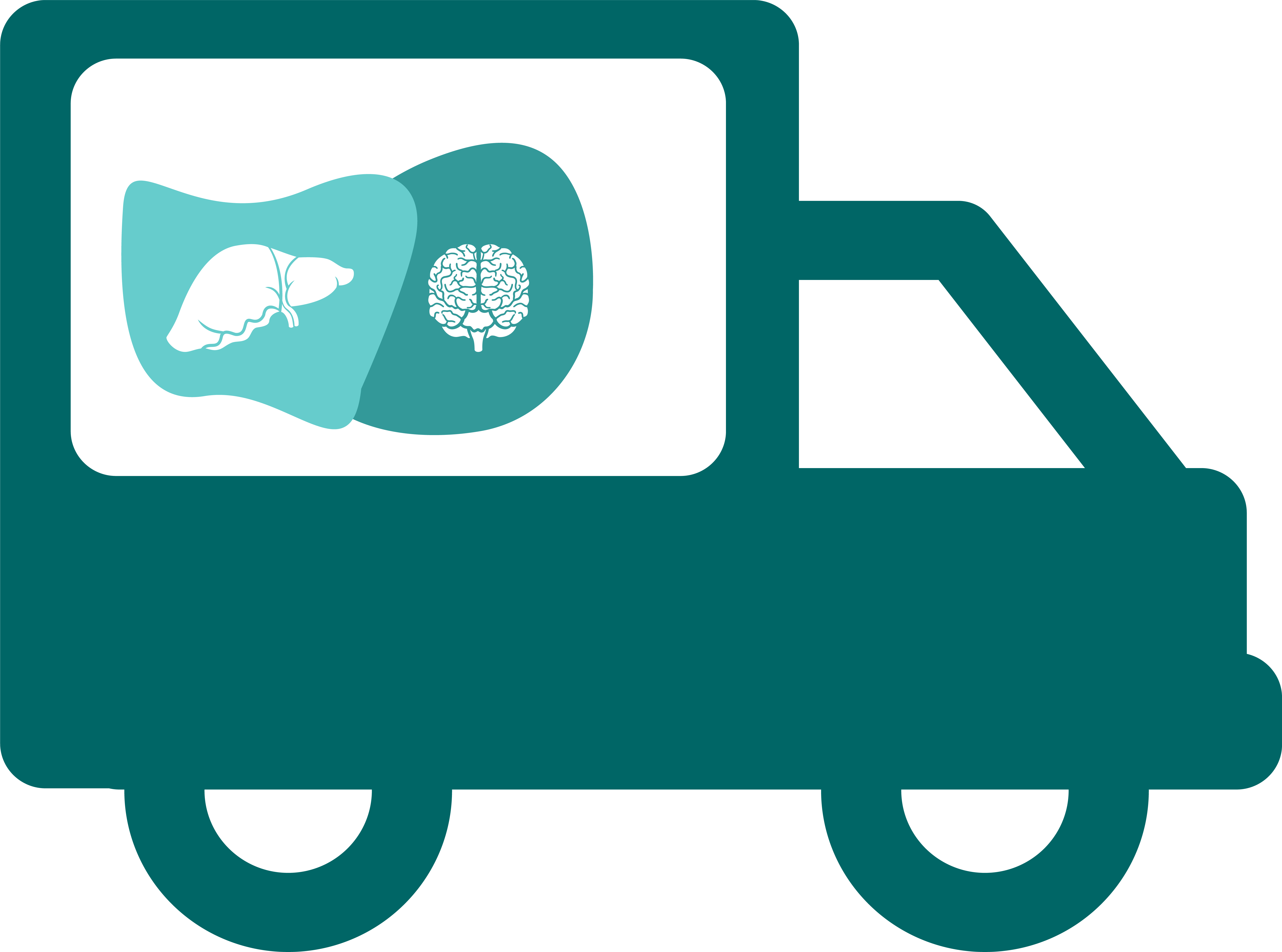
AI-powered neurotoxicity testing



Service available for preorder: inquire now
Our iPSC-based brain model, integrating NANOSTACKS™ and microelectrode arrays (MEA), is enhanced by our proprietary AI model to enable automated seizure liability detection, delivering comprehensive neurotoxicity assessments. This AI-driven platform provides real-time, high-resolution analysis of drug effects on neuronal function, ensuring a standardized and reproducible approach to neurotoxicity screening.Using electrophysiological data from MEA recordings, the AI model was trained to differentiate between seizurogenic and non-seizurogenic compounds, analyze dose-dependent drug effects, and assign a probability score for seizure risk. By leveraging machine learning algorithms, the model detects patterns in network burst frequency, burst duration, and firing rates, enabling a quantitative, predictive assessment of neurotoxicity risks. This high-throughput, human-relevant platform effectively identifies excitatory, inhibitory, and seizurogenic effects, offering a more accurate and scalable alternative for drug safety evaluation.

Model Specifications

The model combines our proprietary technology NANOSTACKS™ with the Maestro Pro MEA assay system (Axion BioSystems)
- Layer 1: Glia component
- Cell type: iPSCs-derived human astrocytes
- Other supporting neural cell types, such as microglia, are available on request
- Layer 2: Neuronal component
- Cell type: iPSCs-derived human dopaminergic neurons
- Other types of neurons, such as glutamatergic neurons, are available on request
- NANOSTACKS™-free mixed neural coculture also available on request.
OUTPUTS


Contact us for alternative endpoints.
DATA
Our comprehensive reports offer traditional statistical analysis of neural electrical activity, along with AI-driven seizure risk assessment for deeper insights.
Neurotoxicity
Standard MEA neural network outputs include:
- Number of active electrodes
- Burst frequency – average (Hz)
- Burst duration – average (s)
- Burst percentage – average
- Network burst frequency (Hz)
- Burst percentage – average
- Network burst percentage

Figure: Evaluation of seizure liability in neuronal and astrocyte co-culture model: (A) Acetaminophen (Seizure Negative: 1 µM, 3 µM, 10 µM, 30 µM, and 100 µM) exhibited no significant changes in burst duration, burst count, and mean firing rate, confirming the absence of seizure-like effects (B) Kainic Acid (Seizure Positive: 0.1 µM, 0.3 µM, 1 µM, 3 µM, and 10 µM) caused a dose-dependent decrease in burst duration, burst count, and mean firing rate, indicating increased neuronal excitotoxicity and seizure-like activity at higher concentrations.
AI DATA OUTPUTS
Neurotoxicity
AI Model for Seizure Prediction and Neurotoxicity Assessment
The AI model analyzes neuronal electrical activity recorded from MEA plates, providing a probabilistic assessment of whether the observed activity patterns within a given time window are consistent with seizure-like activity. The model assigns a probability score reflecting the likelihood of seizure induction at various tested concentrations. This figure illustrates the AI-driven classification of seizure liability based on concentration-dependent neural activity patterns:
• The number next to each bar represents the count of time segments classified as negative (blue bars) or positive (red bars) for seizure-like activity.
• The bar length indicates the maximum confidence of the AI model’s prediction among all time segments within each classification.
This analysis highlights the capability of AI-enhanced MEA technology to quantify and predict seizure liability, enabling a high-throughput, standardized, and reproducible approach to neurotoxicity assessment.

The AI model effectively differentiates between seizurogenic and non-seizurogenic compounds, demonstrating its predictive power in assessing seizure liability:
• (A) Acetaminophen (Seizure Negative): Across all tested concentrations (1 µM, 3 µM, 10 µM, 30 µM, and 100 µM), the AI model classified all 53 time segments as seizure-negative, with a 99% probability magnitude, confirming the absence of seizure-like activity.
• (B) Kainic Acid (Seizure Positive): A dose-dependent increase in seizure probability was observed:
• At 0.1 µM, 12 time segments were classified as seizure-negative, while 25 time segments were seizure-positive.
• At 0.3 µM and higher, seizure probability increased significantly, with 37 time segments classified as seizure-positive.This analysis highlights the AI model’s accuracy in quantifying seizure liability, providing a standardized and reproducible probability-based assessment for drug screening.
Cell types and AI models can be customized to suit your needs – feel free to inquire.
Get in Touch
Explore how our models support your research studies
Alternative solutions
Need some help?
If you're interested in discovering how our organ models can benefit your research, we invite you to get in touch with us. Our team is available to provide further insights and address any inquiries you may have.
Contact information
UK
USA
BioLabs@NYU LANGONE, 180 Varick St, Floor 6, New York, NY 10014
info@revivocell.com
Revivocell Brands



